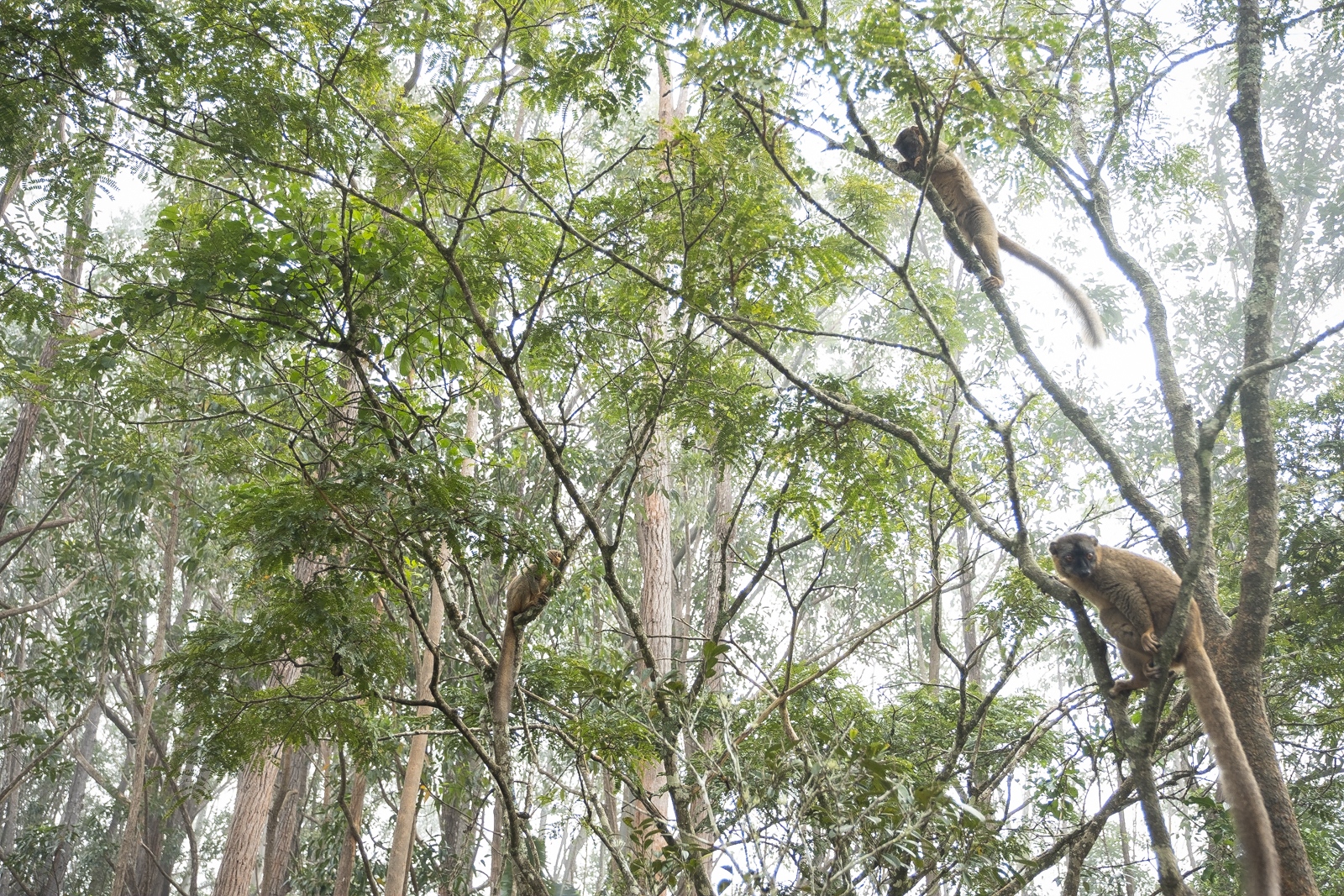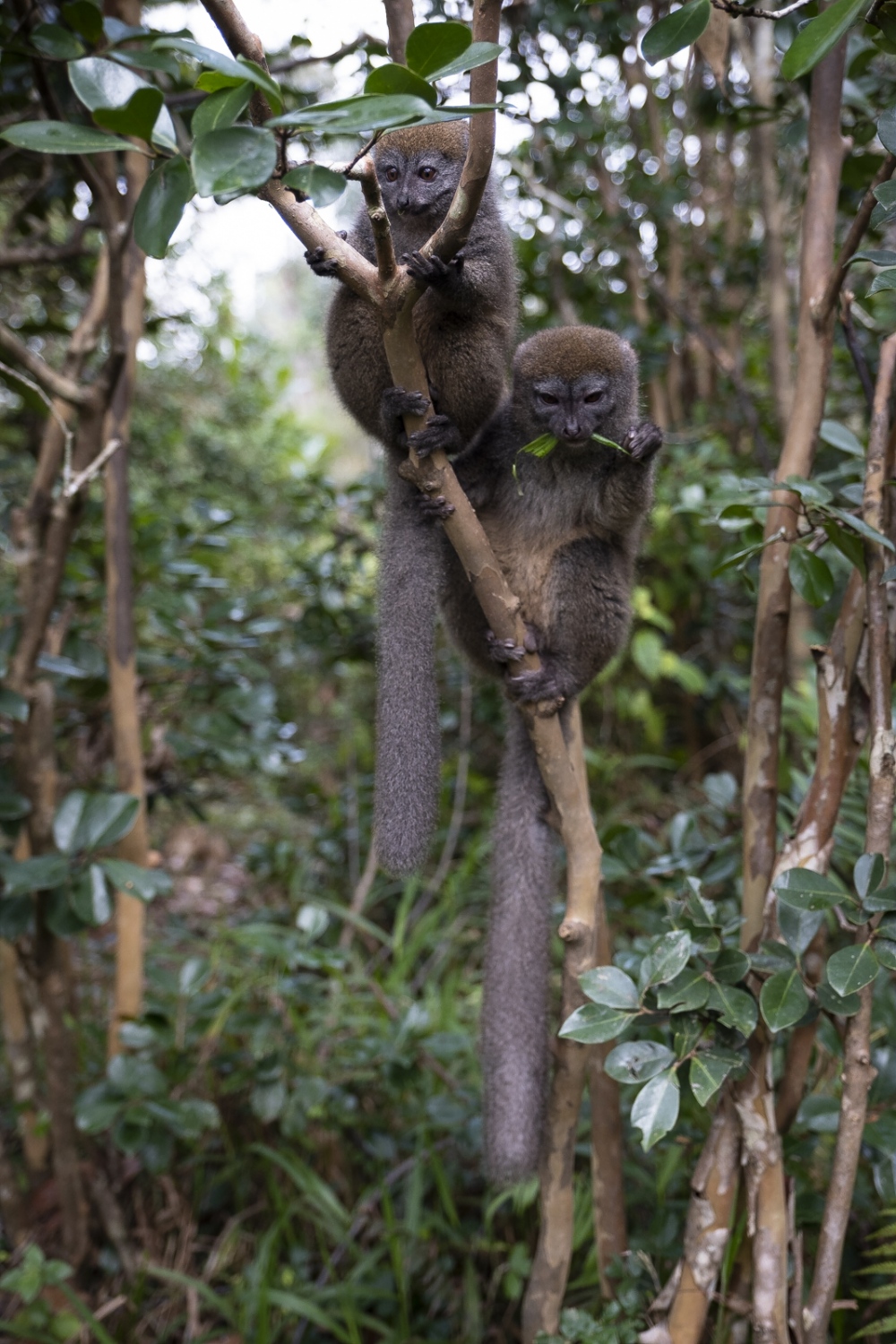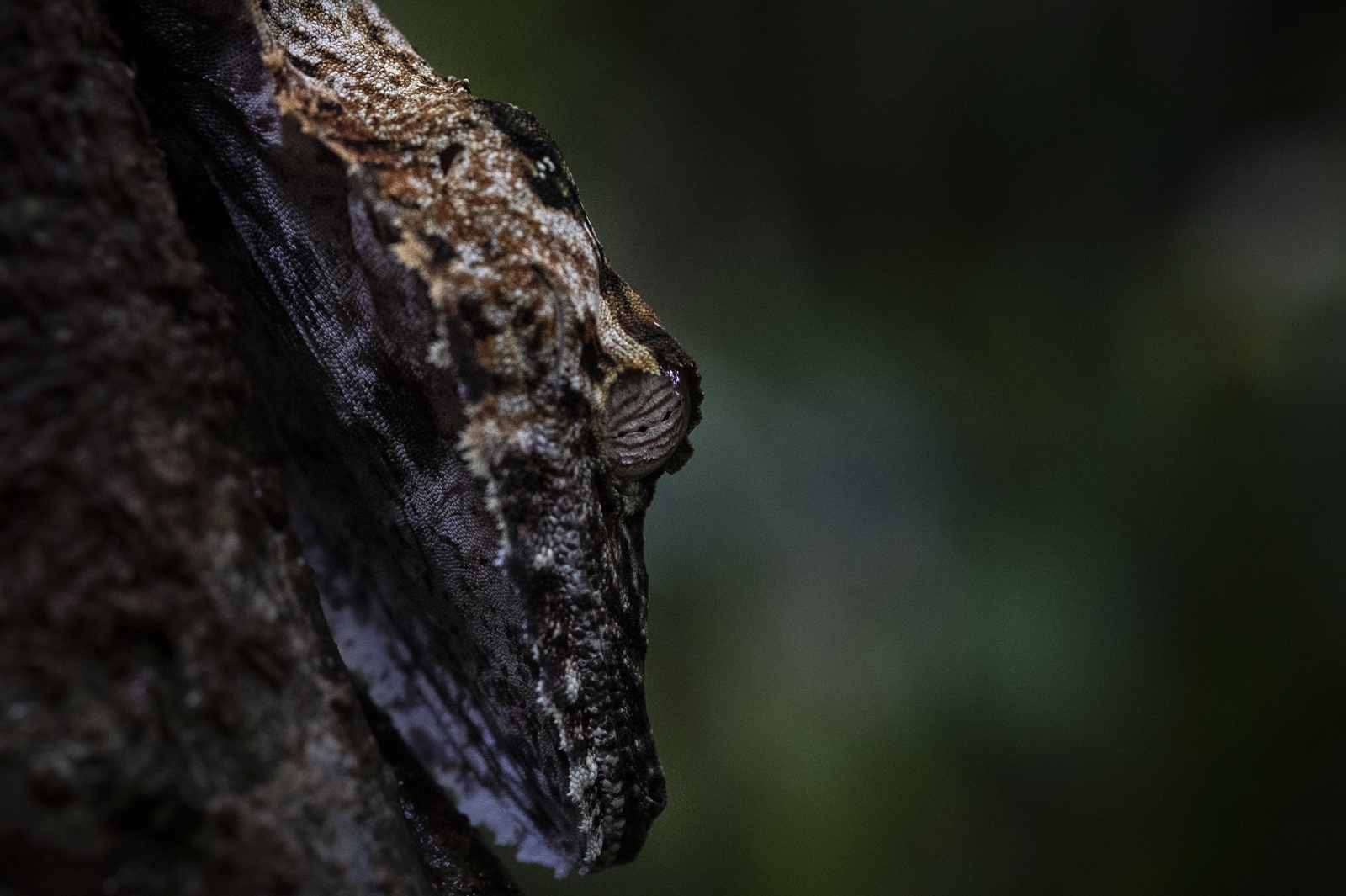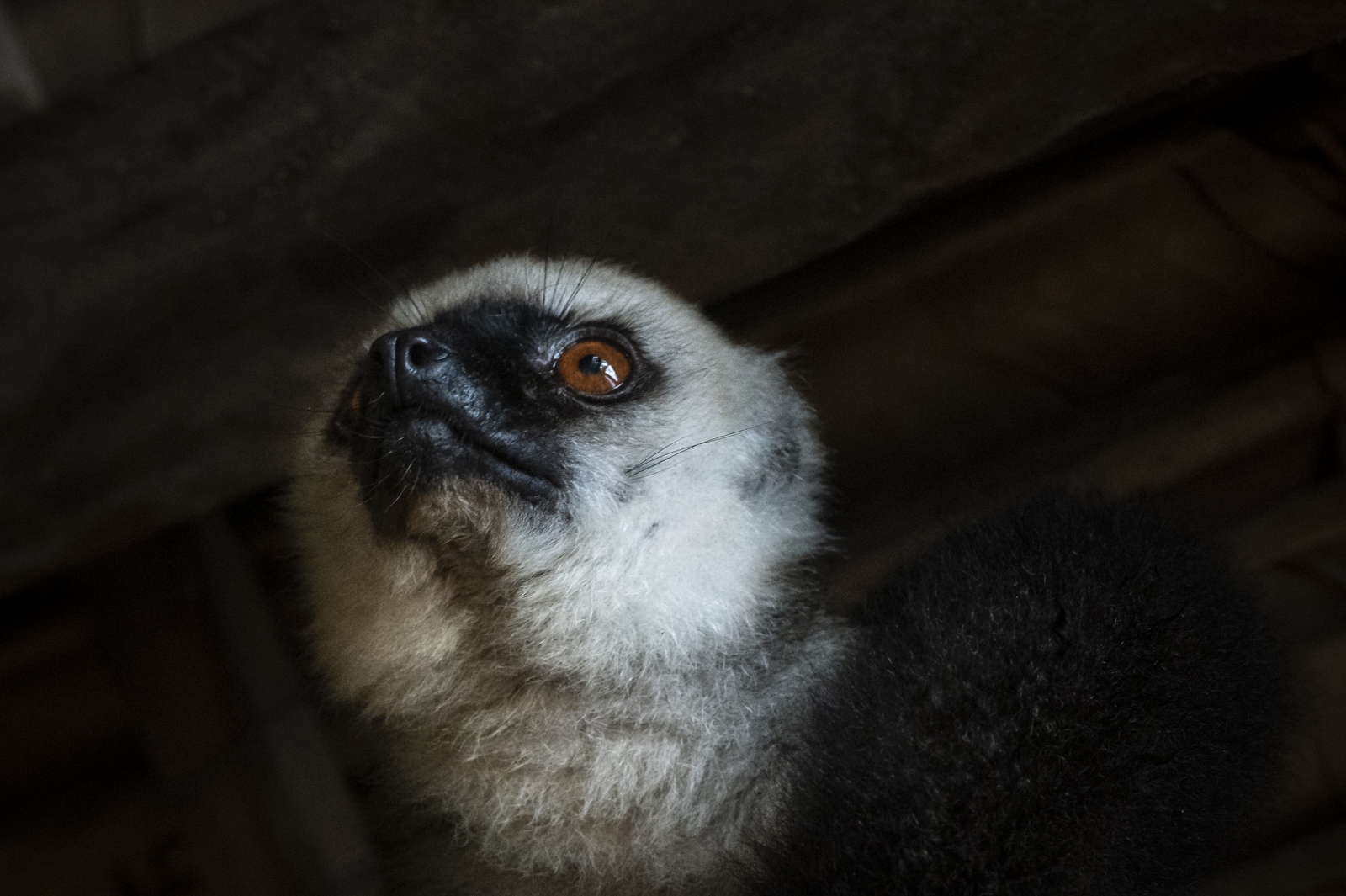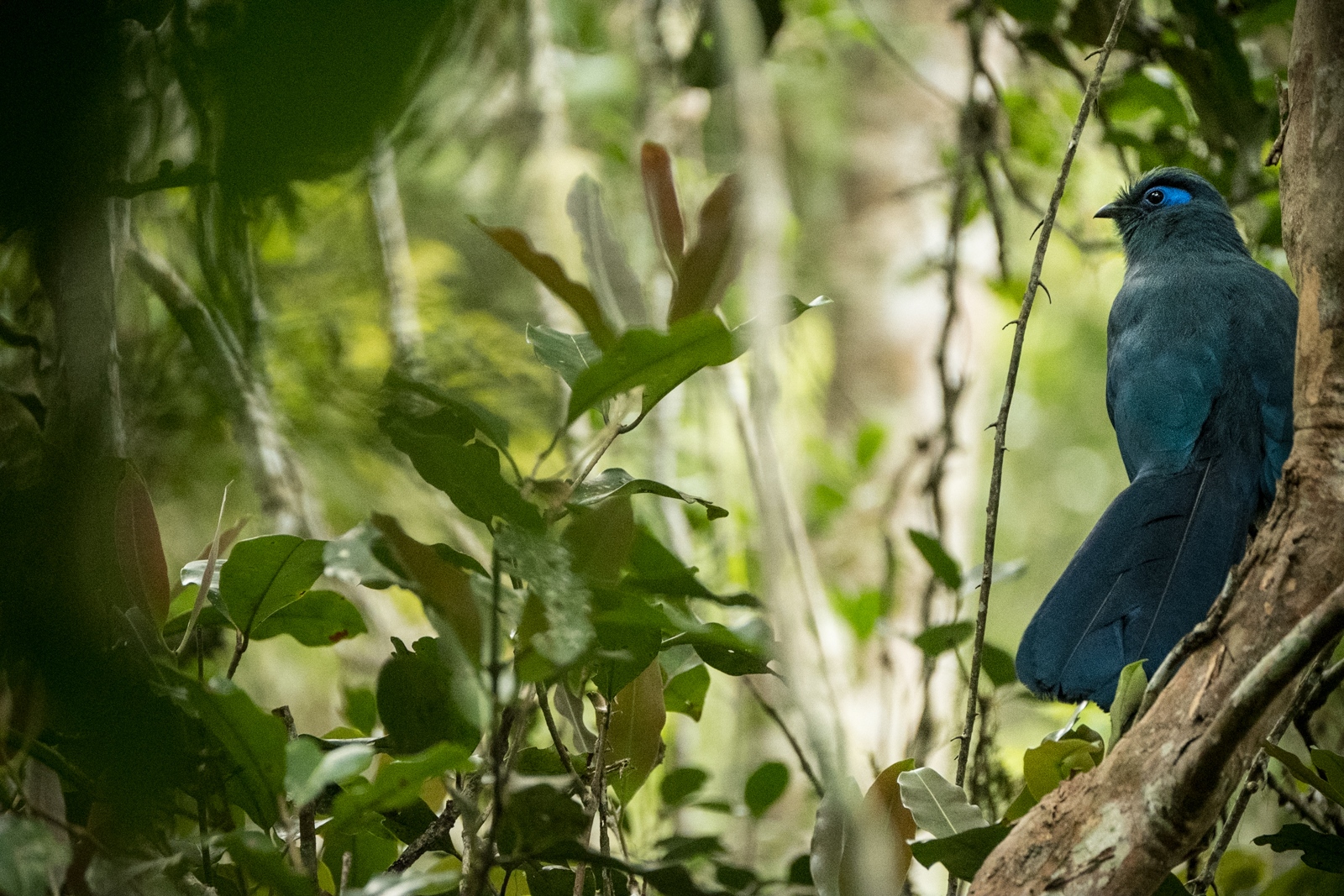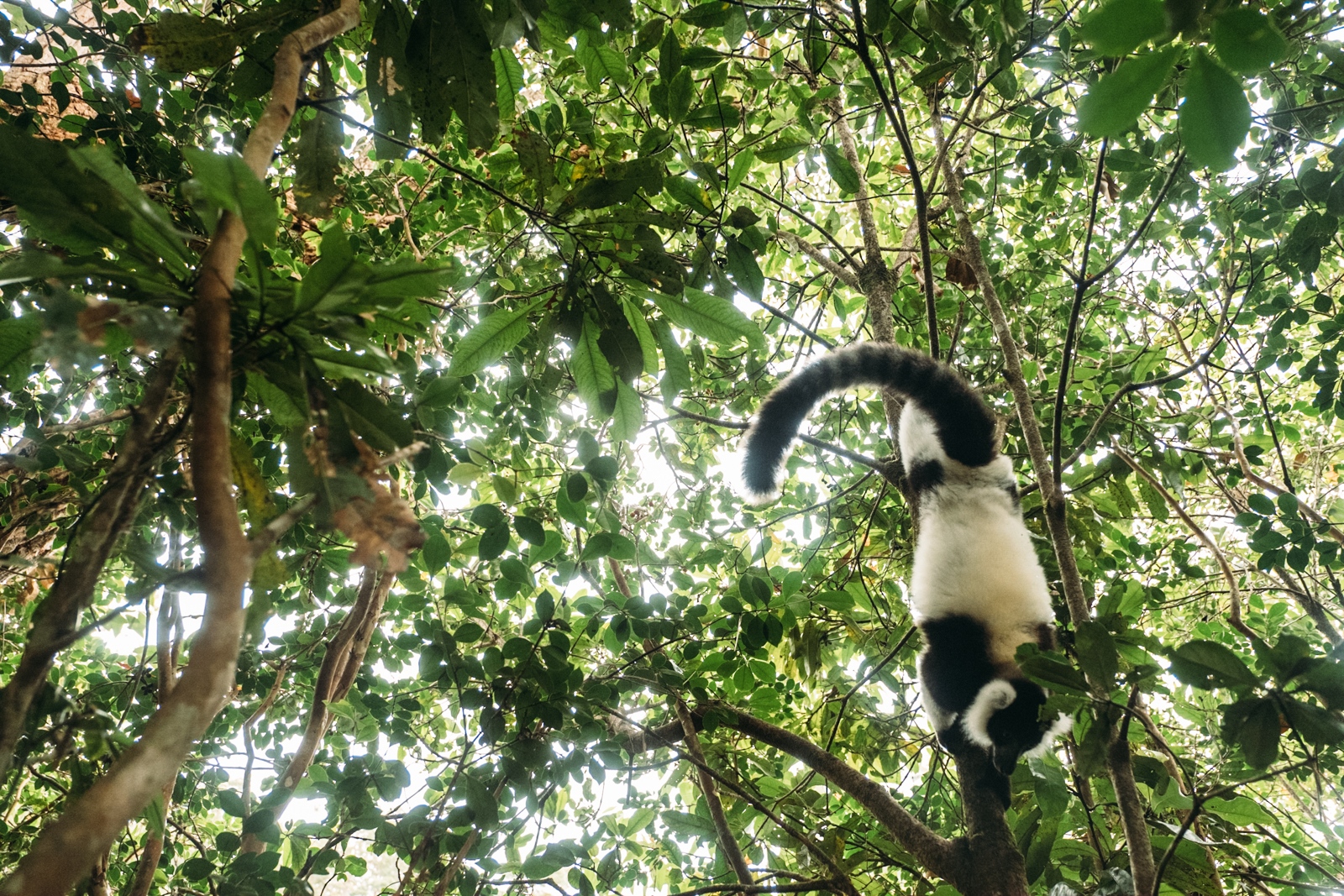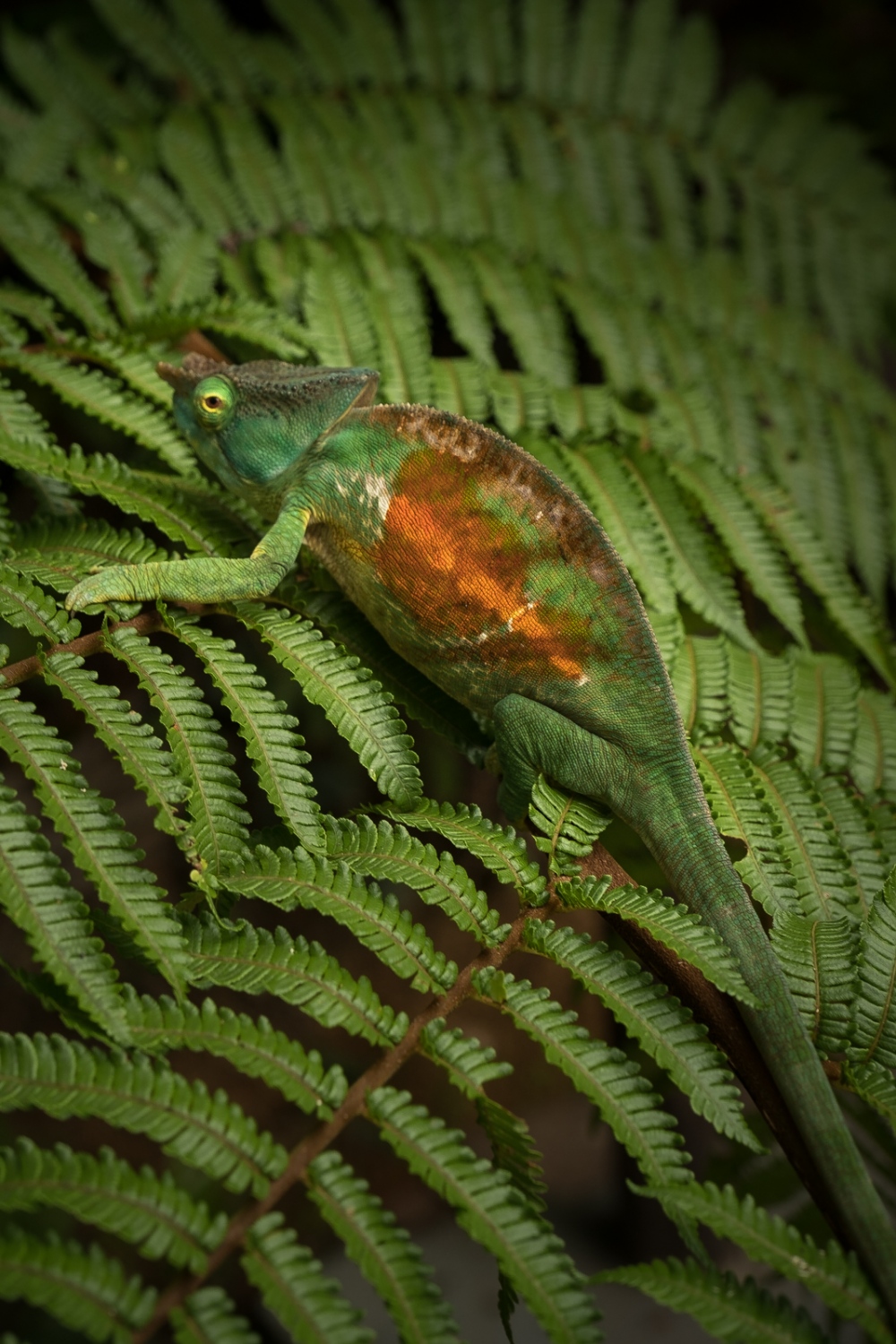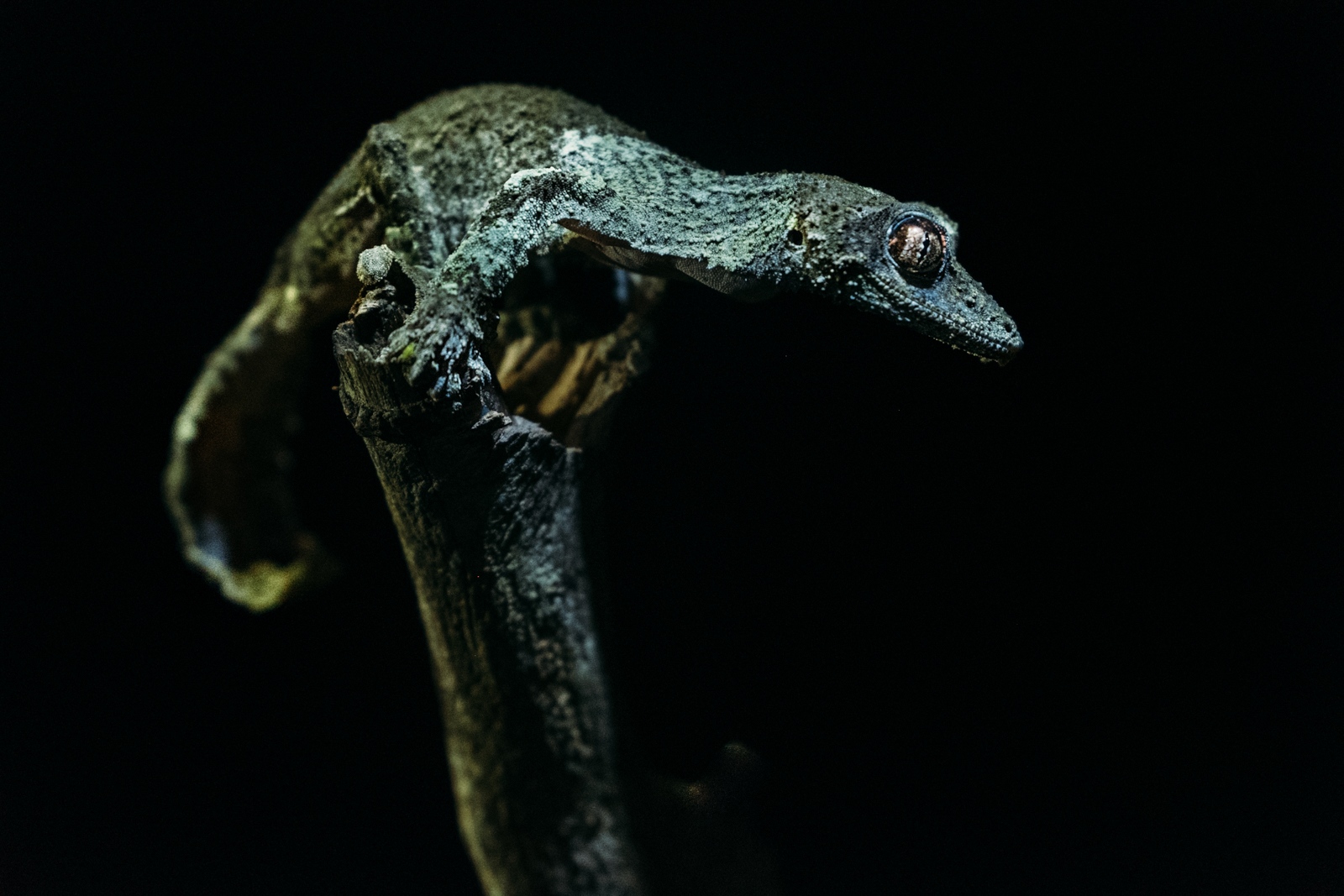Planetary Health in Madagascar
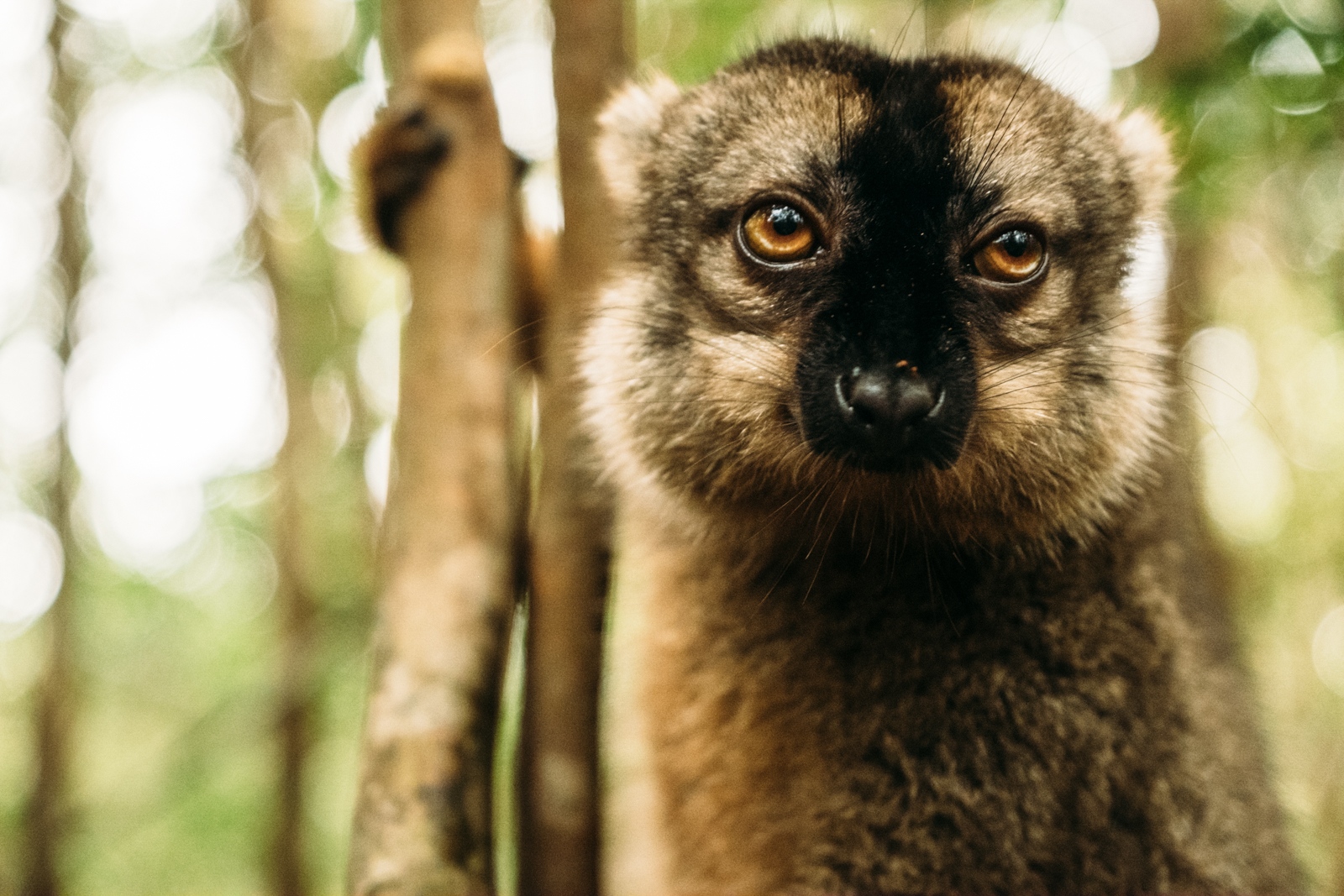
Madagascar
This project takes us to the 4th largest island in the world and one of the top megadiversity hotspots. Ecosystems in Madagascar are characterized by complexity: 85% of the plants on Madagascar are unique to the country, and make up approximately 1% of global floral biodiversity. Every lemur that has ever walked the earth is endemic to Madagascar, found nowhere else on the planet. However, climate change and ecological destruction are wreaking havoc on biodiversity.
Research provided by: Dr. Chris Golden
For more information please visit http://www.mahery.org
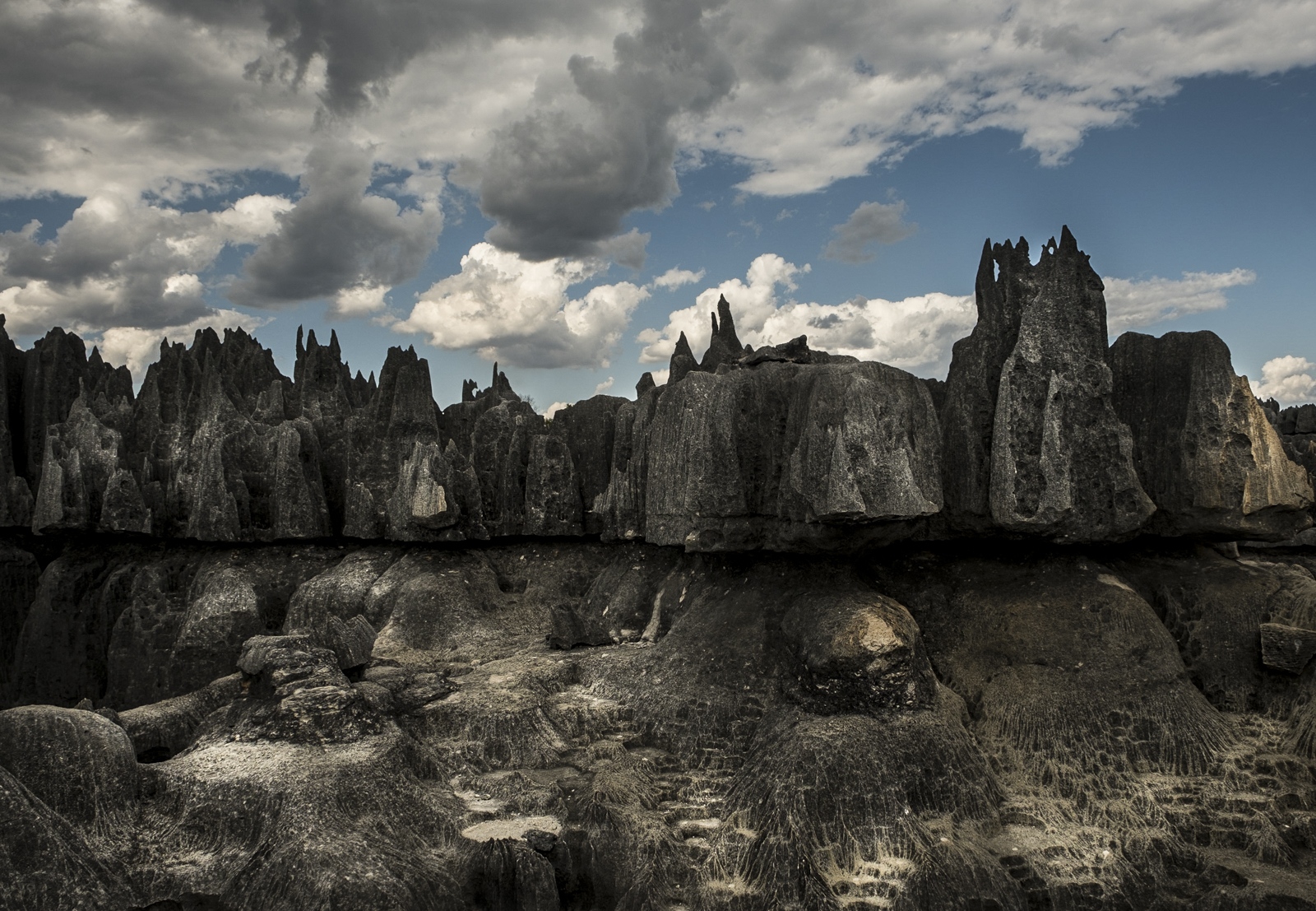
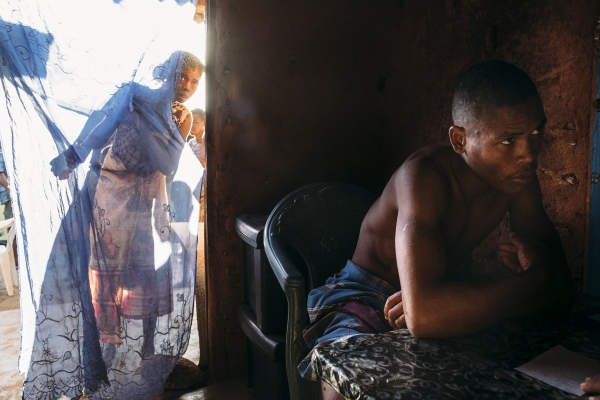
Human Health
Madagascar’s people face a 78% poverty rate, one of the highest maternal mortality rates in the world, a 6% death rate for children under 5, and malnutrition that stunts the growth of more than half the population. Most people live in rural communities isolated by difficult terrain, making health care and public health interventions difficult to deliver and administrate.
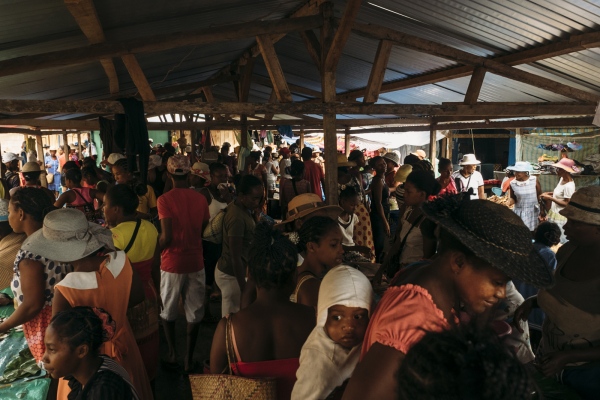
Population
Madagascar’s home to roughly 25 million people. The capital city of Antananarivo is home to nearly 2 million. It is estimated that by the year 2050 Madagascar will be home to more than 54 million people.
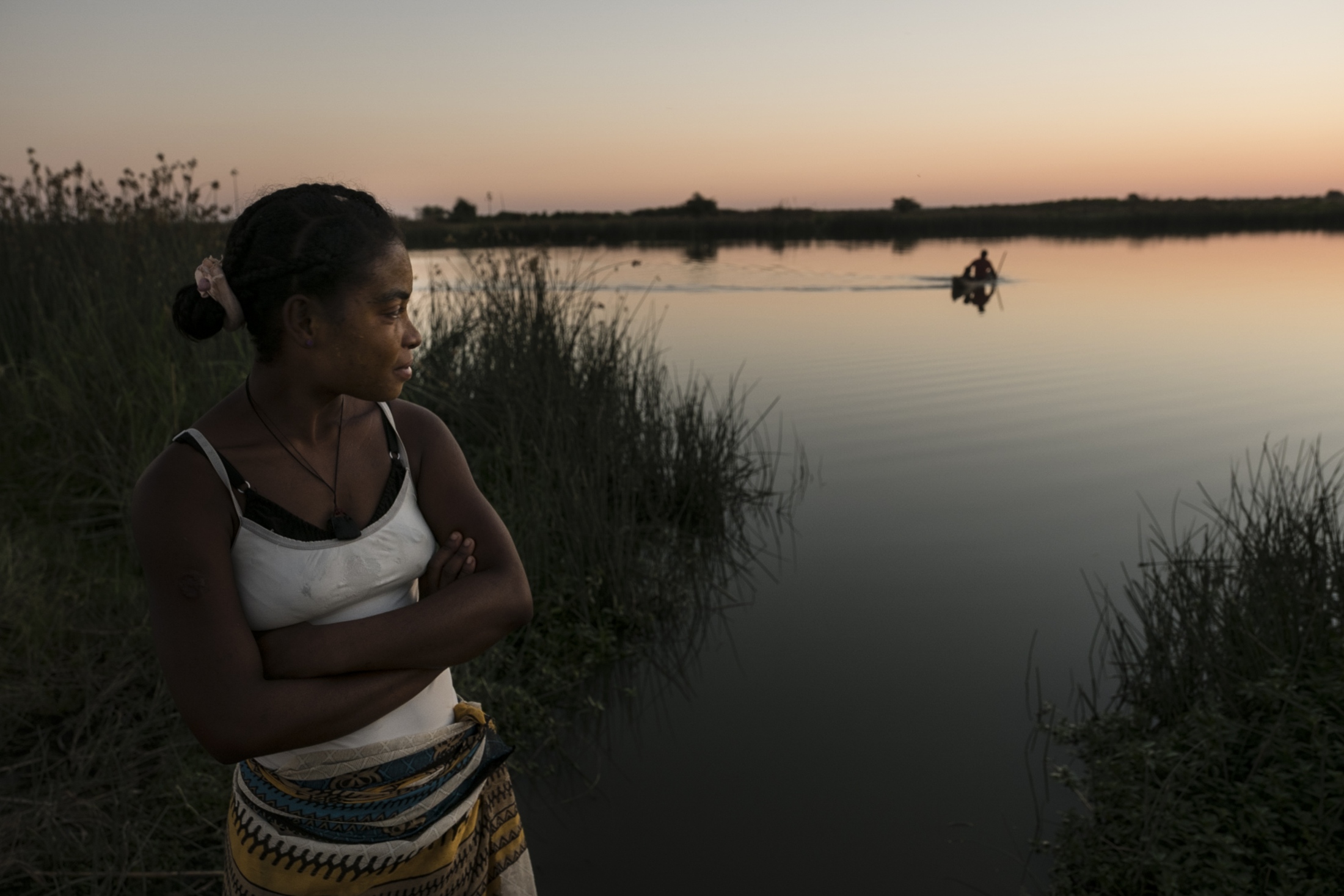
Natural Resources
Climate change-related droughts, floods, and other forms of rapid environmental change ravage the agricultural sector and human beings alike, bringing food insecurity and associated violence, the situation will worsen without bold, coordinated action.
Climate change-related droughts, floods, and other forms of rapid environmental change ravage the agricultural sector and human beings alike, bringing food insecurity and associated violence, the situation will worsen without bold, coordinated action.
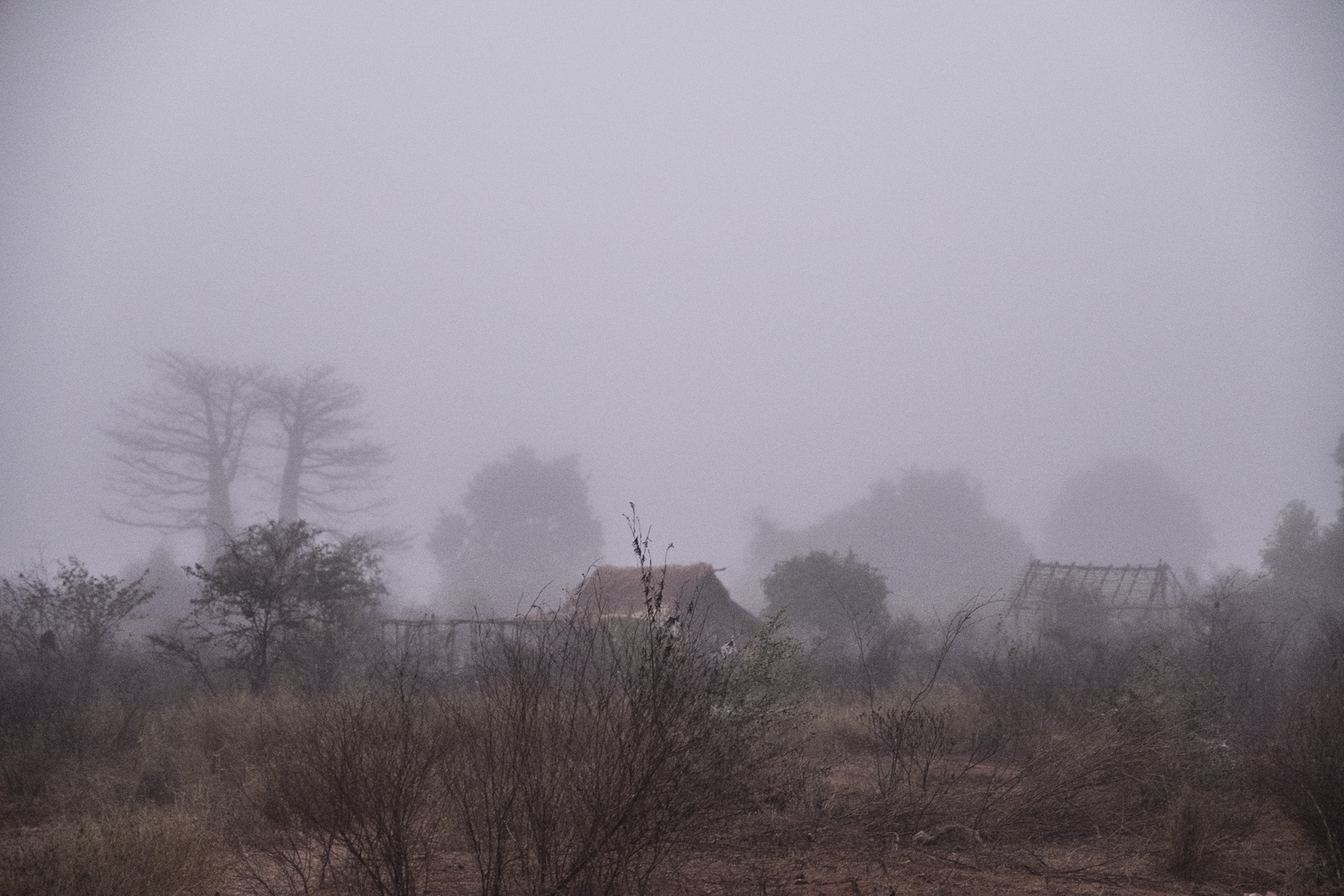
Life in Rural Villages
Half of Madagascar’s population lives 5 km or more from a government-run healthcare clinic. Increased extreme droughts, fires, and floods induce crop failure, leading to malnutrition, forced migration, and challenges to mental health. Accessing a city clinic from a remote village often entails dangerously long journeys on foot or through various modes of ‘iffy’ transportation. By the time an individual is desperate enough to make the journey- they may not have the physical strength and depending on the ailment- the journey alone may kill them.
Half of Madagascar’s population lives 5 km or more from a government-run healthcare clinic. Increased extreme droughts, fires, and floods induce crop failure, leading to malnutrition, forced migration, and challenges to mental health. Accessing a city clinic from a remote village often entails dangerously long journeys on foot or through various modes of ‘iffy’ transportation. By the time an individual is desperate enough to make the journey- they may not have the physical strength and depending on the ailment- the journey alone may kill them.
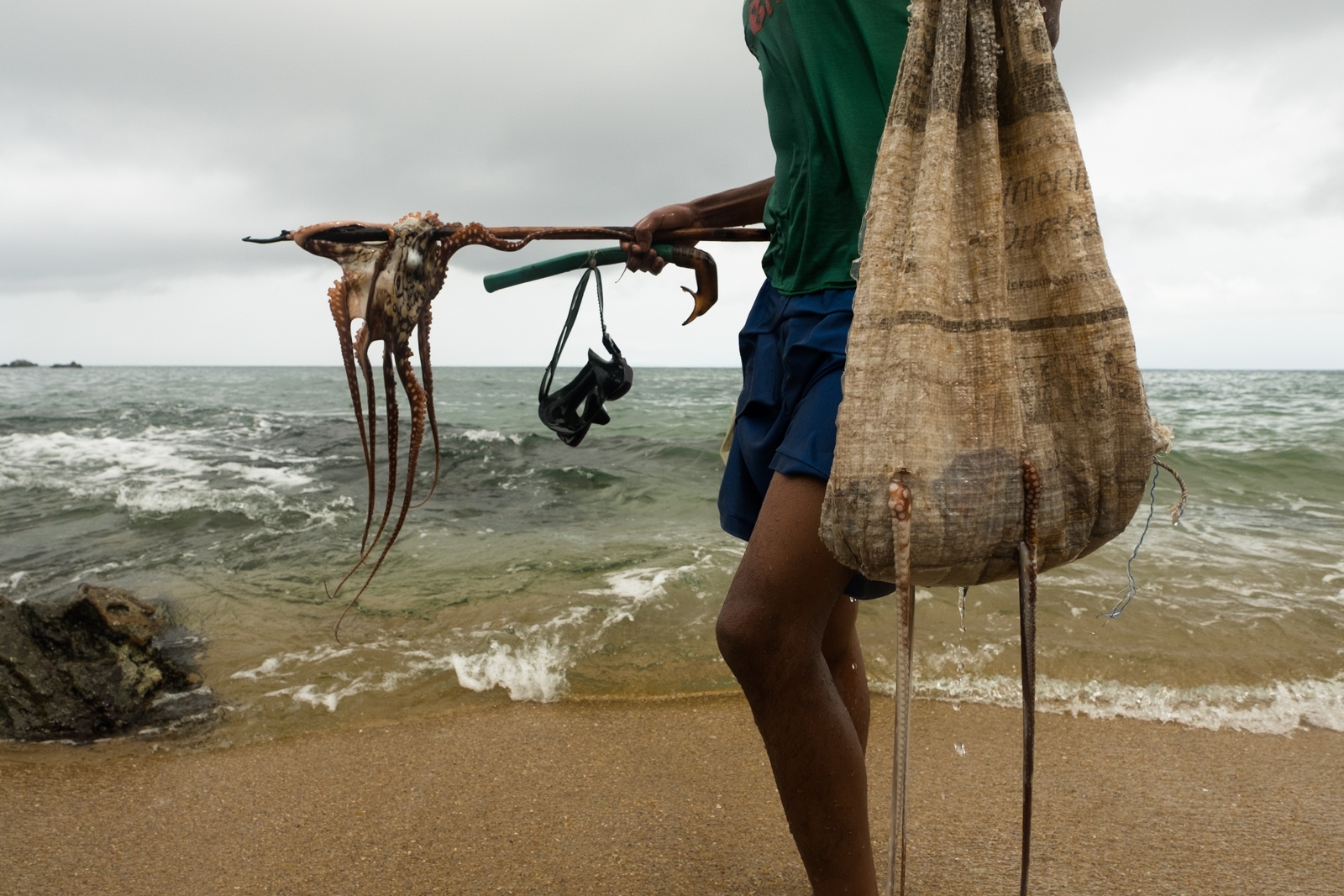
Bushmeat
Malagasy people rely on wild foods as a source of crucial nutrients. Local people hunt a variety of mammal species including lemurs, carnivores, bats, bush pigs and tenrecs for a plethora of reasons. Climate-induced changes in fisheries, over-hunting of wild mammals, and habitat destruction could all worsen Madagascar’s severe malnutrition epidemic.Malagasy people eat more rice per person per day than any other country on earth. Unfortunately, rice is a nutrient poor staple and adequate nutrition must be sourced elsewhere. Conservation policy prohibits much of the hunting that now occurs illegally. If wildlife populations became depleted from unsustainable harvest or if conservation policy were enforced and access was lost, then the nutritional health consequences to local food security could be major.

